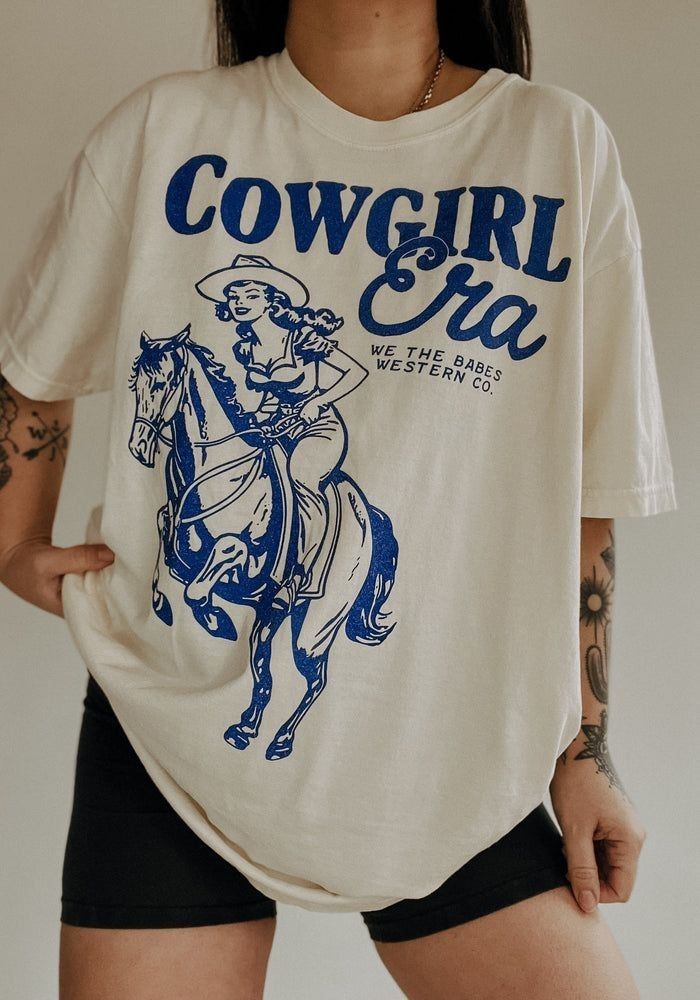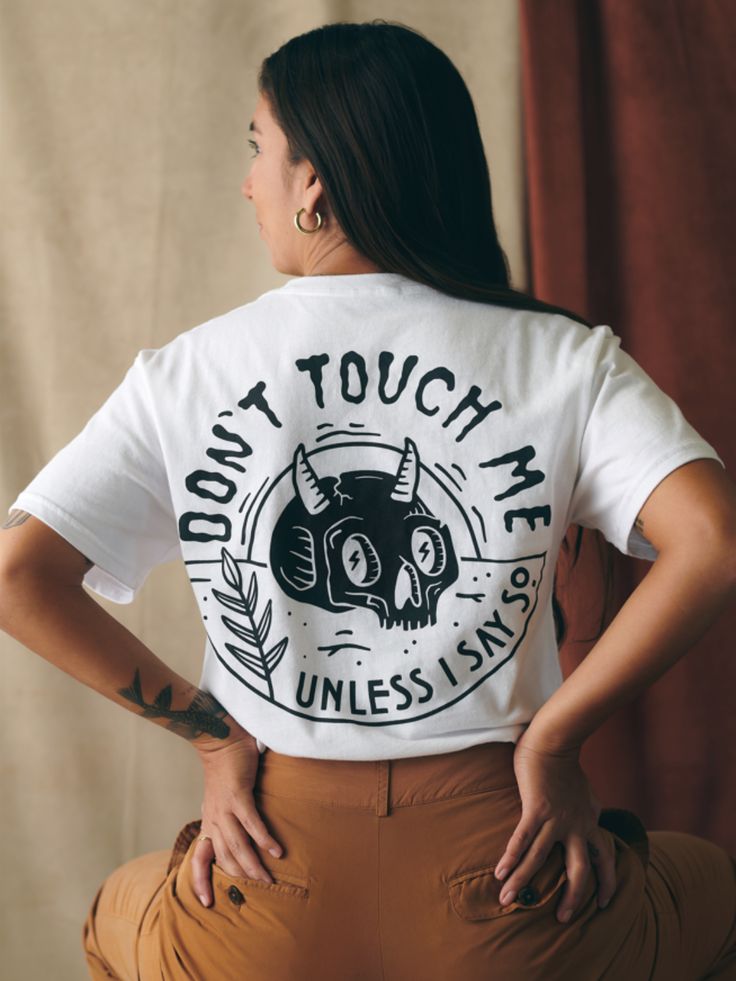Currently Empty: $0.00

Mastering Modern Fashion: Essential Styles for Every Wardrobe
Gender-Neutral Fashion: Breaking Traditional Boundaries In recent years, the traditional lines separating menswear and womenswear have increasingly blurred, giving rise to a thriving gender-neutral fashion movement. Designers are embracing fluid silhouettes, inclusive sizing, and unisex styles that emphasize individuality over outdated gender norms. Pieces such as oversized blazers, relaxed trousers, and minimalist sneakers now appear seamlessly in collections intended for everyone. By adopting gender-neutral fashion, you not only expand your styling possibilities but also participate in a larger cultural shift towards authenticity and acceptance. Seasonal Rotation: Smart Strategies for a Versatile Wardrobe Maintaining a versatile wardrobe requires strategic seasonal rotation. Rather than hoarding garments year-round, successful modern dressers organize their closets by season, storing off-season items and prioritizing current needs. Lightweight linens, breathable cotton, and open-toed footwear dominate summer wardrobes, while cozy knits, structured coats, and layered accessories emerge in colder months. This deliberate rotation prevents wardrobe fatigue, extends the lifespan of clothing, and ensures that every outfit remains seasonally appropriate and stylish. How Technology is Transforming Fashion Choices Technology is rapidly reshaping how we interact with fashion. Virtual fitting rooms, AI-driven personal stylists, and augmented reality apps allow shoppers to visualize outfits before purchasing. Smart fabrics capable of adapting




